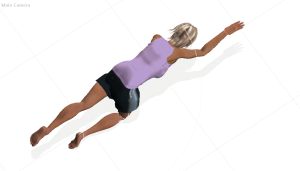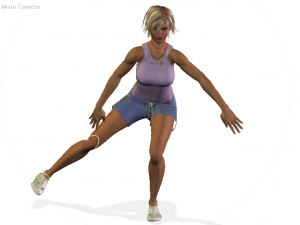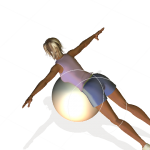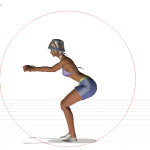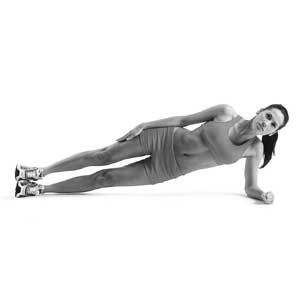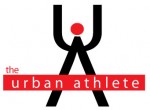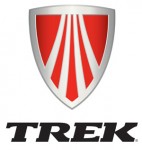Audience: Health Professionals and Patients
Source of Information: Paula Ludewig, Ben Kibler, Ann Cools, Rafael Escamilla, Mike Reinold, Kevin Wilks
Disclaimer: The information below really just scratches the surface. References at the end of post are excellent. The point of this post is to get people to think more about culprits of dysfunction when it comes to the shoulder rather than just labeling shoulders with victim diagnoses (e.g. bursitis, tears, “tendinitis” - I hate that word - a future post will address my disdain).
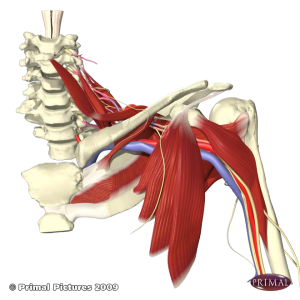 Shoulder Impingement is not a diagnosis. It is a finding and can be both a cause and the result of dysfunction. Impingement is pretty much what it sounds like - something is getting pinched. Ever reach into your back seat or reach to put your coat on and feel a sharp pain somewhere around your shoulder (and often down to your elbow). That is impingement. Some structure under the shoulder blade is getting pinched and does not like it. Who likes to get pinched? (more…)
Shoulder Impingement is not a diagnosis. It is a finding and can be both a cause and the result of dysfunction. Impingement is pretty much what it sounds like - something is getting pinched. Ever reach into your back seat or reach to put your coat on and feel a sharp pain somewhere around your shoulder (and often down to your elbow). That is impingement. Some structure under the shoulder blade is getting pinched and does not like it. Who likes to get pinched? (more…)

